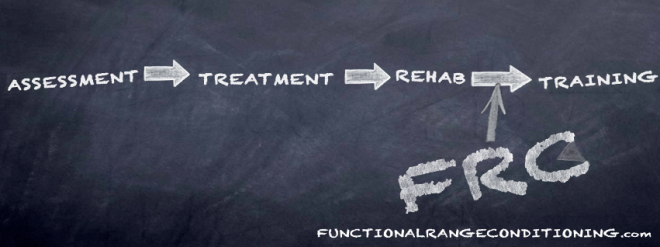|
It took me two years but I finally got around to taking Functional Range Conditioning. Then again, it pretty much took me two years to take a course and write another post altogether. In fact, I think my note summary on his FR course may have even been one of most "recent" posts on this blog. Anyway, this won't be similar to my previous course summaries and reviews because frankly, I just want to cut to the chase. 1) How does it shape my clinical thinking? And 2) how can I integrate it? I've been thinking about this for the last 72 hours and still haven't hit the nail on the head. I don't think I'm a complete tabula rasa but just like how my studies in Prague and Poland have taken me to deeper level of neuro in years past, these FR courses seem to be taking me deeper into "applied histology" (just made that up by the way...has nothing to do with AK). So to answer my questions,
That's it for now.
0 Comments
Leave a Reply. |
